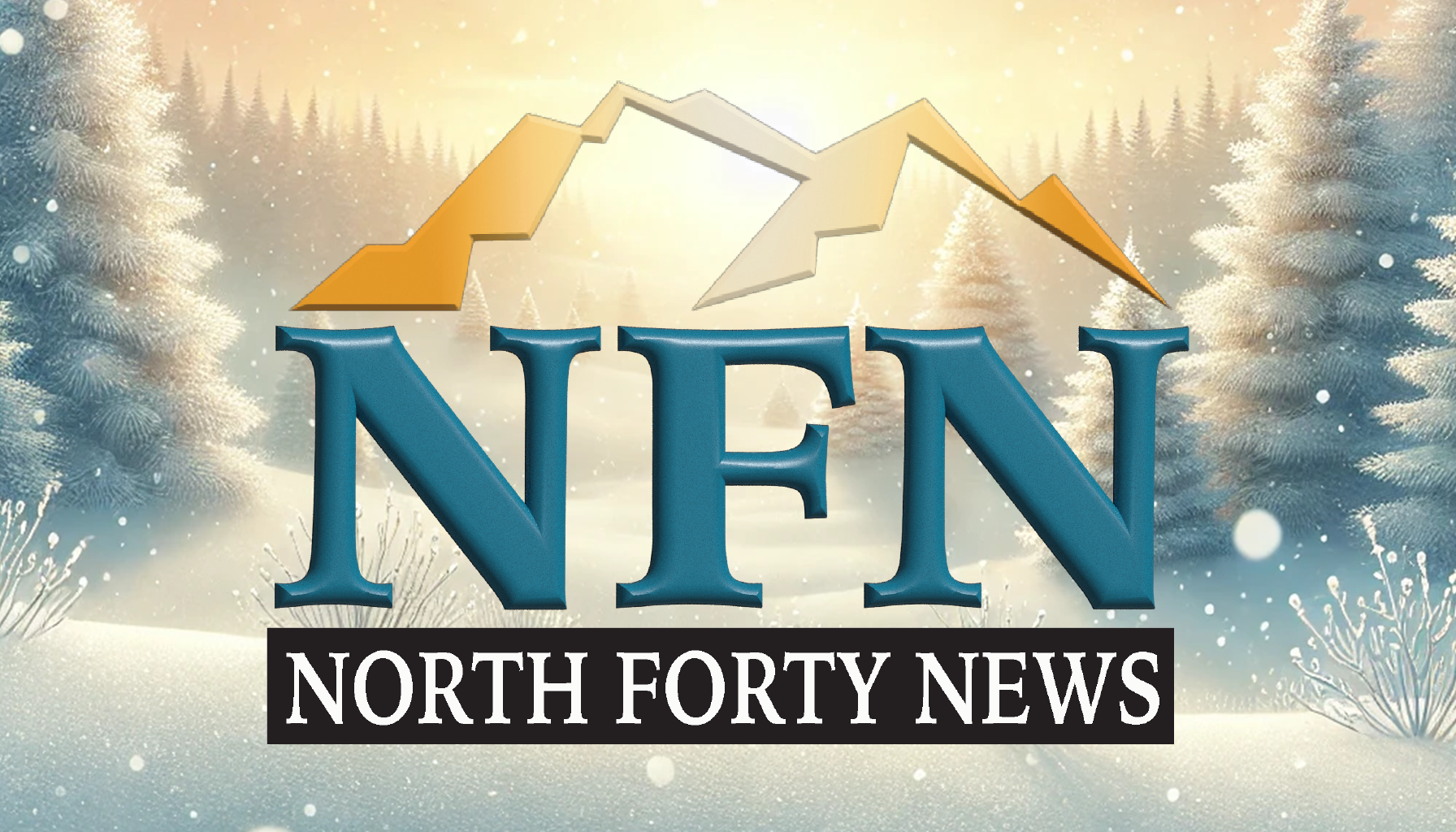
Support Northern Colorado Journalism
Show your support for North Forty News by helping us produce more content. It's a kind and simple gesture that will help us continue to bring more content to you.
BONUS - Donors get a link in their receipt to sign up for our once-per-week instant text messaging alert. Get your e-copy of North Forty News the moment it is released!
Click to Donate
Alex Tisthammer | Fort Collins Nursery
In our extremely arid high plains climate, staying on top of winter watering is a critical task to keep your landscape looking healthy. Beware, though, as there are some common myths floating around that can actually be detrimental to the health of your plants if you fall victim to them! Below are some explanations of the most common misconceptions and what to actually do this fall and winter.
Myth: Roots should be dry going into a freeze.
Fact: Roots that are dry during prolonged freezes can suffer injury and death. Roots should be hydrated and moist before going into a cold snap – water actually keeps the roots insulated!
Myth: If we get snow we don’t need to water.
Fact: A lot of our snowfalls don’t stick around for long and many are dustings, melting in a day or two. Furthermore, much of our snowfall evaporates in our dry air without soaking into the soil. This small amount of precipitation is not enough to deeply water root systems, especially for trees and shrubs. It’s generally a good idea to water plants once to twice a month. If there’s a large amount of snow sitting for a while, that’s usually good enough for a few weeks until your next watering. Once it melts and there’s a warm day, give everything a good drink. Water plants slowly with a sprinkler or soaker hose, so the water can soak in. Make sure to unhook and drain your hose after doing this to avoid water freezing in your hose and damaging it or your hose bib.

Myth: You can water at any time of day in the winter.
Fact: Temperatures need to be above 40 degrees for water to be able to penetrate the soil. Luckily that happens quite a bit during Colorado winters in the middle of the day. Wait until daily temps are at their peak to ensure the maximum amount of water penetrates the soil and gets down to the root system.
Myth: Watering before a freeze will cause the bark on the trunk to split.
Fact: Bark splitting during the winter is usually caused by sunscald, which occurs when extreme cold temperatures follow warm weather, which happens frequently in Colorado. Trees that are moisture stressed are even more susceptible to this. Sunscald is most common in young or thin-barked species such as maples, fruit trees, willows, and honeylocusts. Regular winter watering can actually help prevent this. In addition to watering, use trunk wrap to protect the trunks of trees younger than 5 years old and apply a good layer of mulch.
Winter watering is an often overlooked key to a successful and flourishing landscape. Plants coming out of a harsh winter with damaged and dry root systems will struggle going into the spring and can emerge looking unhealthy and have excessive winter dieback that will need to be pruned out. The next time you notice an unusually nice, warm day this winter, make sure to pull out your hose and give your plants a refreshing drink to get them through until spring!
